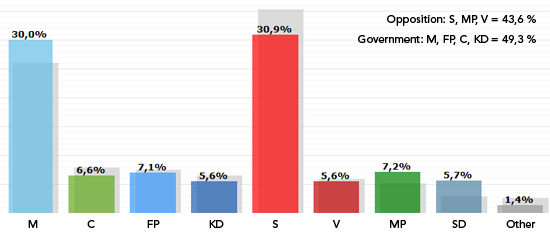
There's been a lot of buzz about algae as an alternative biofuel. Several business and university researchers are looking at algae's potential as a viable alternative to fossil fuel. And earlier this year, the House of Representatives introduced the Green Jobs Act of 2010, which offers investment tax credits for algae-based biorefineries.
Now researchers at Ford are looking into algae as a fuel source, the company announced.
"Algae have some very desirable characteristics as a potential biofuel feedstock and Ford wants to show its support any efforts that could lead to a viable, commercial-scale application of this technology," said Sherry Mueller, research scientist at Ford Motor Company. "At this point, algae researchers are still challenged to find economical and sustainable ways for commercial-scale controlled production and culturing of high oil-producing algae."
Certain species of algae have the ability to convert carbon dioxide to oil, carbohydrates, and other cell components through photosynthesis. Unlike soybeans and corn, algae is incredibly prolific; it can be grown almost anywhere in fresh or saline waters. Algae can also be grown year-round--there's no harvest season.
Earlier this year Ford researchers visited Wayne State University's National Biofuels Energy Laboratory, which is looking at suitable algae strains that could be used as a feedstock for biodiesel. Researchers at Ford's Systems Analytics and Environmental Sciences Department are also looking into other bio-based fuel alternatives such as ethanol and butanol, the company said.
"Ford has a long history of developing vehicles that run on renewable fuels; and the increased use of biofuels is an important element of our sustainability strategy now and moving forward," Tim Wallington, technical leader with the Ford Systems Analytics and Environmental Sciences Department said in a news release. "We look ahead from a technological, economic, environmental, and social standpoint at potential next-generation renewable fuels that could power our vehicles."
View the original article here
Read more on this article...






 Peter Eriksson and Maria Wetterstrand, political leaders of the Greens in Sweden, during a conference earlier this year.
Peter Eriksson and Maria Wetterstrand, political leaders of the Greens in Sweden, during a conference earlier this year.
 Intergovernmental Panel on Climate Change Two new studies support conclusions related to a graph prepared by a prominent climatologist.
Intergovernmental Panel on Climate Change Two new studies support conclusions related to a graph prepared by a prominent climatologist.





